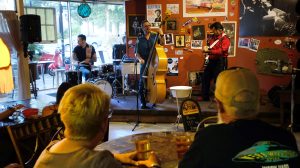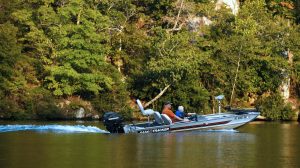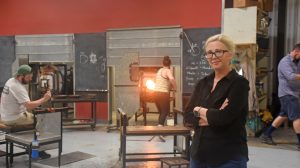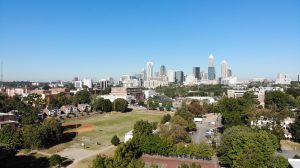The Carolinas Urban-Rural Connection
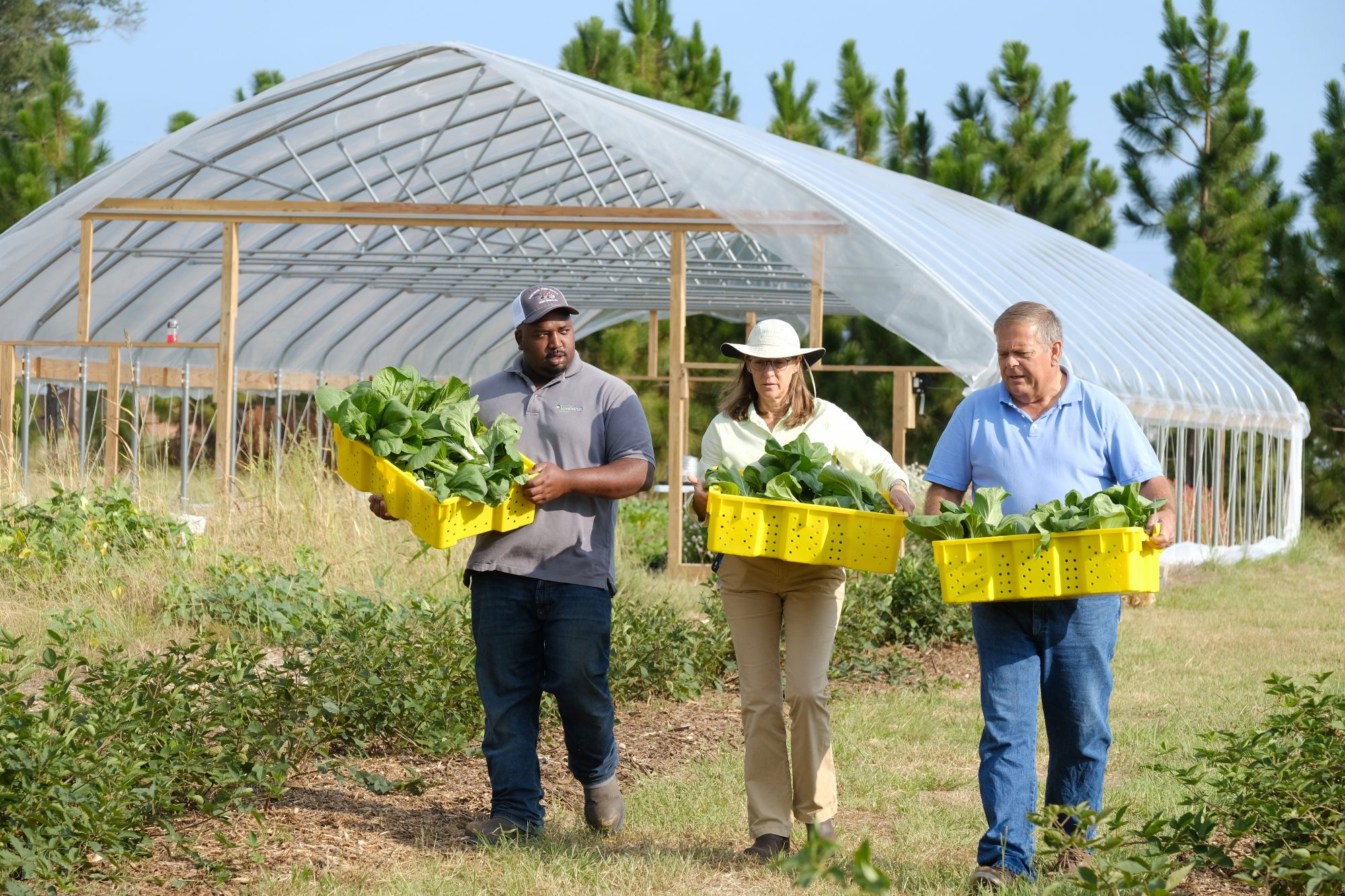
What ties our region together? How have those historical ties frayed — and can they be restored?
In 2017, The Duke Endowment’s Rural Church program awarded the Urban Institute a two-year grant for a research and community engagement-based project intended to bring greater understanding to the economic and social interdependence that shaped regional growth in the central Carolinas over the past century, as well as the state of intraregional connections today.
Explore the history, people, places and policies that shaped this region, as well as present-day ideas for restoring economic and social vitality.
Overview
How did this region rise to prosperity? What economic, social and cultural connections were built over the centuries?
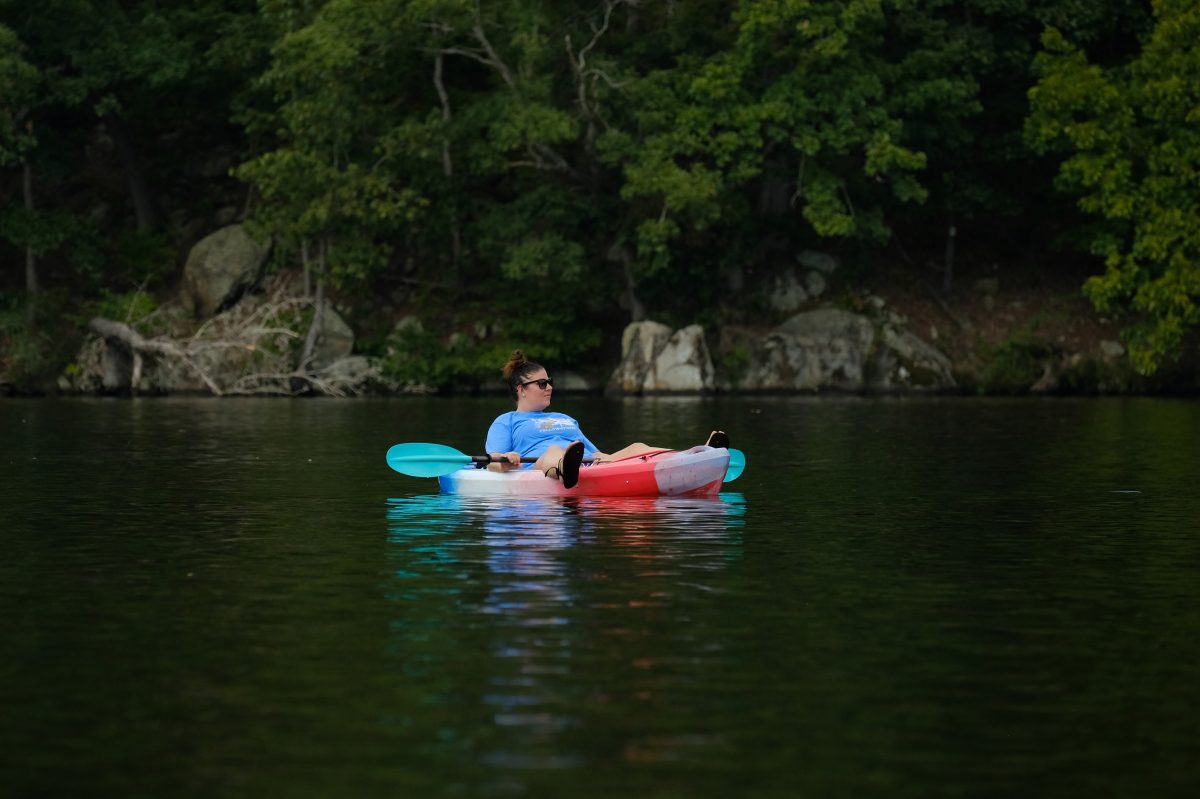
- Defining our study area: How we picked the 32 counties
- Mapping the Carolinas Urban-Rural Connection: Where does urban start and stop?
- Defining ‘urban,’ ‘rural,’ and ‘in-between’ across the Carolinas Urban-Rural Connections region
- Trails, roads, rails and sky: The changing physical connections that knit our region together
- Part 1: The early development of a connected region in the Carolinas Piedmont
- Part 2: Post-Civil War, the region becomes an industrial system
- Part 3: The rise of banking builds a globally connected region
Where do people in the Carolinas Urban-Rural Connection study area live, work and play? Where do they give charitably – and how much? And who leads the region? We explored these topics in September.
People
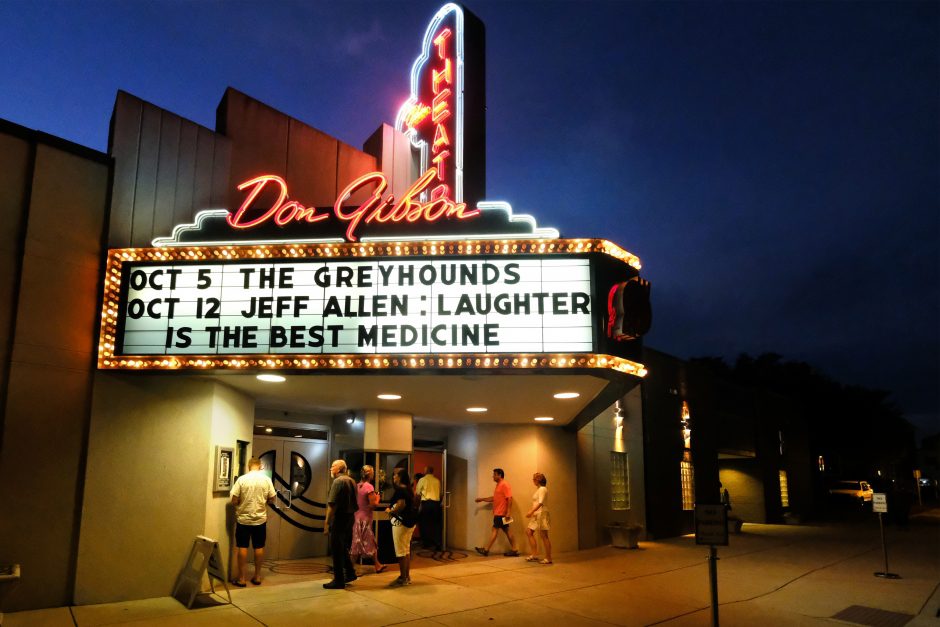
Where do people in the Carolinas Urban-Rural Connection study area live, work and play? Where do they give charitably – and how much? And who leads the region? We explored these topics in September.
- Is there a leadership deficit in rural communities and small towns?
- Can these groups bridge the gap between urban and rural leaders?
- Urban and rural leaders embrace common ground in this program
- Where do we live and work? Commuting and the Charlotte region’s economic connections
- Do residents commute farther for certain kinds of jobs?
- How does philanthropy vary across, and connect, the greater Charlotte region?
- Community foundations demonstrate the importance of regional links to charitable efforts
Place
From mountains to river valleys, and big cities to small towns, the Carolinas Urban-Rural Connection study area is full of diverse landscapes, a wealth of natural resources, and a rich cultural heritage. How are the region’s people using various place-based economic strategies in pursuit of prosperity? We dove into these issues in October.
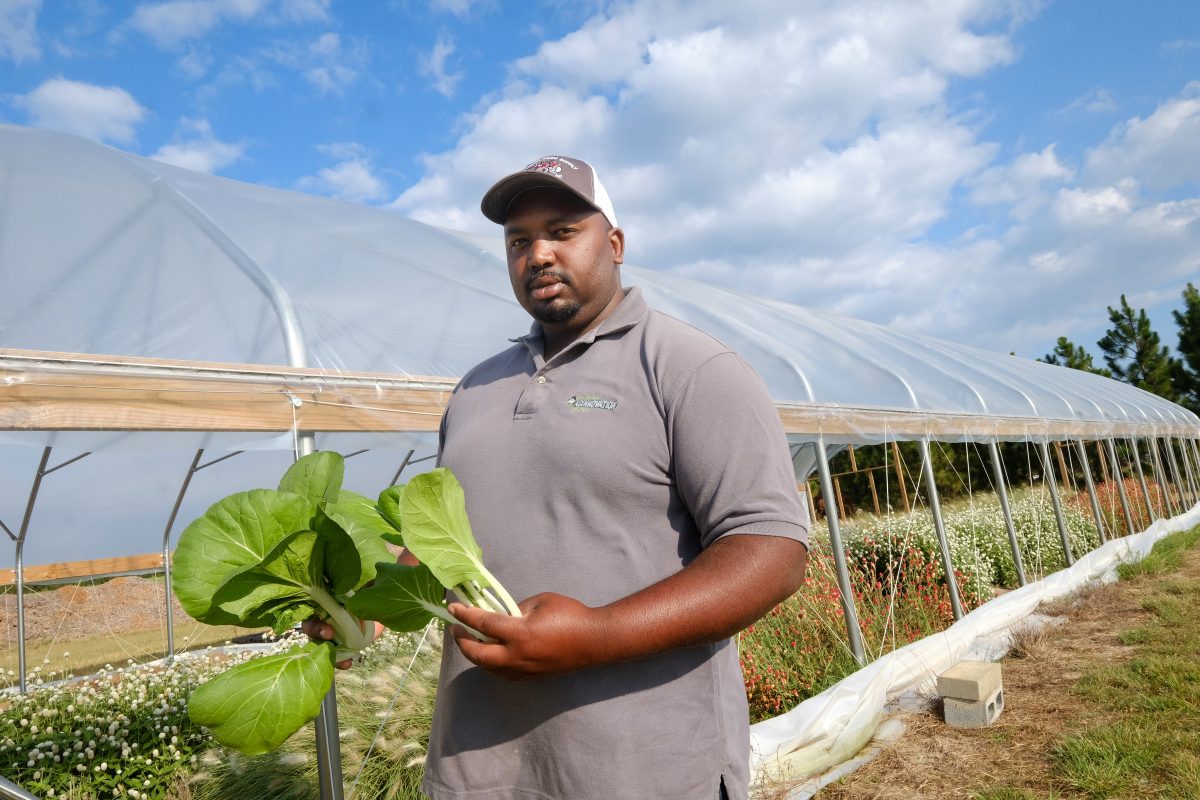
- From textiles to trails: A river’s changing path to prosperity
- Finding the music, Part 1: A town reaches into its past to fuel a revival
- Finding the music, Part 2: ‘We need to do something bold’
- Finding the music, Part 3: A 38-year overnight success story‘
- Forging connections across the Carolinas – one greenway, trail and waterway at a time
- Rural by Choice: Navigating identity in the Uwharries
- ‘A wilderness experience’: Do rivers hold the key to rebirth for these towns?
- A ‘crisis that’s brewing’: How this program plans to help NC farmers
- Connecting our region through local food systems
- Farm-to-table: A trendy-but-tenuous urban-rural connection
- Baseball as a redevelopment strategy? Three cities pin their hopes on it
Policy & Practice
How are the hundreds of municipalities and governments in the Carolinas Urban-Rural Connection study area pursuing economic development, fostering entrepreneurship and trying to grow their economies? How has the region branded itself throughout the years? What impact does the N.C./S.C. border have on our region’s development? Follow along for articles on these topics in November.
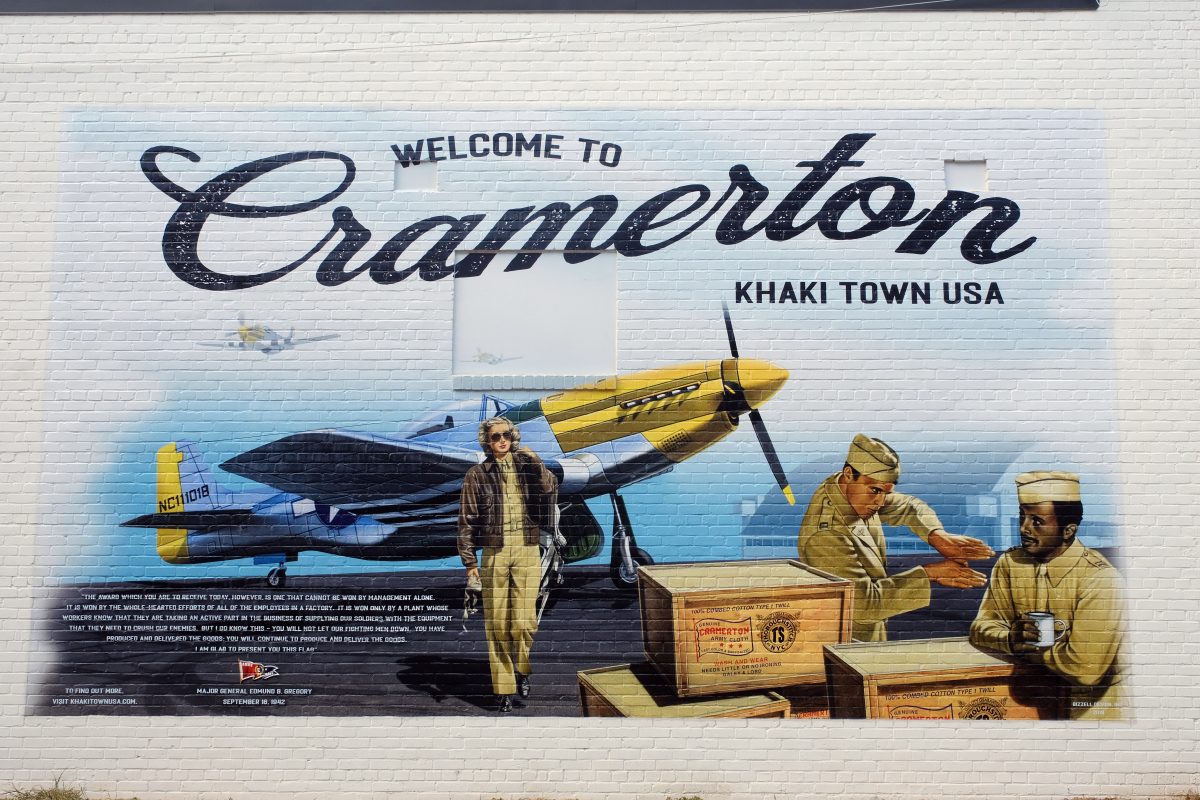 Photo Gallery: See Cramerton’s transformation from textiles to trails.
Photo Gallery: See Cramerton’s transformation from textiles to trails.
- Rebuilding the Carolinas Urban-Rural Connection: Where do we go from here?
- Recreation as economic development: Lessons from two approaches
- A changing landscape: Who are the Uwharries for?
- The changing economic development landscape
- Our population is more concentrated in cities — and increasingly diverse
- Homegrown economic development: Turning to entrepreneurship for revitalization
- Why intermediaries are key to viable local food systems
- Banks? NASCAR? Food? How branding aims to find the Charlotte region’s identity
- Farms and sprawl: Conservationists worry they’re losing the battle to preserve agricultural land
- Does regionalism still makes sense in the era of the ‘Nation City’?
- The urban-rural workforce connection: Conversations with local leaders
- There’s a housing affordability crisis in rural areas, too — not just cities
- A border problem? How the state line influences our behavior

The UNC Charlotte Urban Institute was founded in the late 1960s with the mission of bringing together the intellectual resources of the university to address the economic, environmental and social challenges of the greater Charlotte region.
Historically, our region prospered together, with Charlotte and the less-populated surrounding communities creating a web of mutually supportive economic and cultural ties. As the region transitioned from a largely agricultural economy to one driven by textile mills and rural factories, those connections strengthened and powered the region’s transformation to a national, then global, stage.
But has the fabric of interdependence and mutually beneficial relationships frayed or torn over the decades with rapid industrial, employment, and demographic shifts?
The Carolinas Urban-Rural Connection was guided by a belief that ties between our communities were still relevant and could be restored — that bridges between our urban, suburban and rural centers were worth saving and rebuilding. The project team investigated a large body of data and facilitated conversations with individuals and small groups to complete this work.
Areas of research interest included economic relationships, regional food systems, commuting patterns, demographic shifts over time, the contribution of natural and cultural resources to economic vitality, efforts to boost economic development and entrepreneurship, philanthropy and leadership among the region’s many inhabitants.
The 32-county study area was big and diverse, covered 16,000 square miles and over 4 million people. We hope our project our project sparks discussions and continues to restore once-prosperous connections between communities for years to come.
Latest Carolina Urban/Rural
Connection Articles
